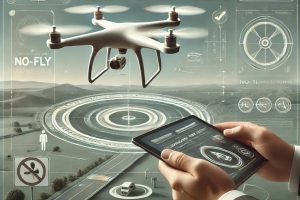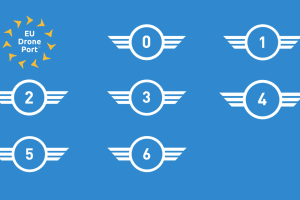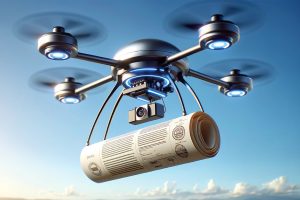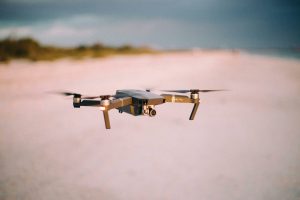TOPICS
Drone News
Instructions for the STS Theoretical Examination
Know the instructions for taking the exam in order to obtain the STS certificate, and to be able to fly in standard scenarios (STS)
List of Design Verification Report Certified Drones
The European Union Aviation Safety Agency (EASA) has released new regulations that will require all drones operating in the European Union to be marked with a Class Identification Label from January 1st, 2024. The new regulation aims to improve safety and security in the airspace and enable authorities to identify the drone and its operator easily.
A New SORA approval for a drone show on a Greek island
EU Drone Port has accomplished a new PDRA S-01 approval in France. Our client is now able to operate in plasticulture (greenhouse bleaching).
New SORA Approval: 1000 drones!
EU Drone Port has received a new Operational Authorisation (SORA) approval by the Spanish CAA! Our customer is now able to provide a light show of 1000 drones in any Spanish Airspace, and European airspaces (through a cross-border operation).
A New SORA approval for building maintenance in France!
EU Drone Port has accomplished a new PDRA S-01 approval in France. Our client is now able to operate in plasticulture (greenhouse bleaching).
EU Drone Port becomes a UAS Notified Body!
After years of hard work, the Certification Body of EU Drone Port, has been designated as a Drone Notified Body!
New Royal Decree on UAS in Spain
Discover the main novelties of the new Royal Decree of UAS Spain.
Population Density Map
Explore drone safety with a Population Density Map in SORA assessments to secure necessary operational authorizations.
Drone in a box – Get Flight Permits
Drones are a great tool for performing repetitive tasks thanks to the possibility of programming missions. Among many options, this type of mission can consist of carrying out infrastructure surveillance operations on a regular basis.








